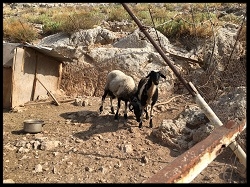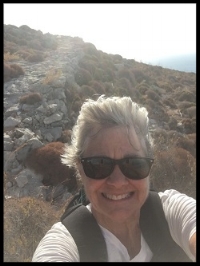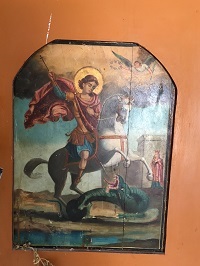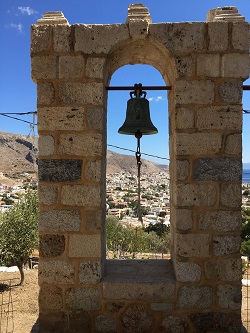“No man is an island entire of itself.”
Today, I must take time to reflect on the horrific act of violence that occurred half a world away from where I am. I was not there, yet it has changed me as it has changed us all in some way.
My Dad often asked us our thoughts about a John Donne poem, which was in fact a eulogy, written over 400 years ago.
“What does this poem mean to you?” he would ask. And we would discuss it – the island, the promontory, the tolling bell.
“No man is an island,
Entire of itself,
Every man is a piece of the continent,
A part of the main.
If a clod be washed away by the sea,
The World [Europe] is the less.
As well as if a promontory were.
As well as if a manor of thy friend’s
Or of thine own were:
Any man’s death diminishes me,
Because I am involved in mankind,
And therefore never send to know for whom the bell tolls;
It tolls for thee.
~John Donne~”
This week Donne’s poem holds a deep poignancy for our family, our nation.
As a nation we lost 59 of our own. Not by the hand of religious zealots, not by a tyrannical bully making threats across an ocean. No, we lost 59 Americans through the unconscionable act of one of our own.
One of those 59 people, out with his wife to enjoy a concert and the lights of Las Vegas, was a young man who introduced my niece to her husband. He was a groomsman in their wedding. Although I have only met him once, I have learned that Sonny Melton was a hero in his life and in his death. We mourn for those he left behind. My niece Jamie says, “God wanted him more.” Her husband Max wrote “A friend to everyone, loved by so many, and now a hero to us all.”
Nurses, teachers, police officers, a Navy veteran who survived Afghanistan but not his homeland, mothers and fathers. People who loved and filled the world with their gifts of laughter and generosity. There was no discrimination.
Fifty nine people lost their lives, taking with them the promise of their tomorrows.
What might have been had they lived? We can only wonder.
Many people here on this tiny Aegean island have learned already of this American tragedy. No one remains untouched.
“Every man is a piece of the continent, a part of the main.”
And so they leave us. And thousands of lives will be changed.
Rest in Peace.












